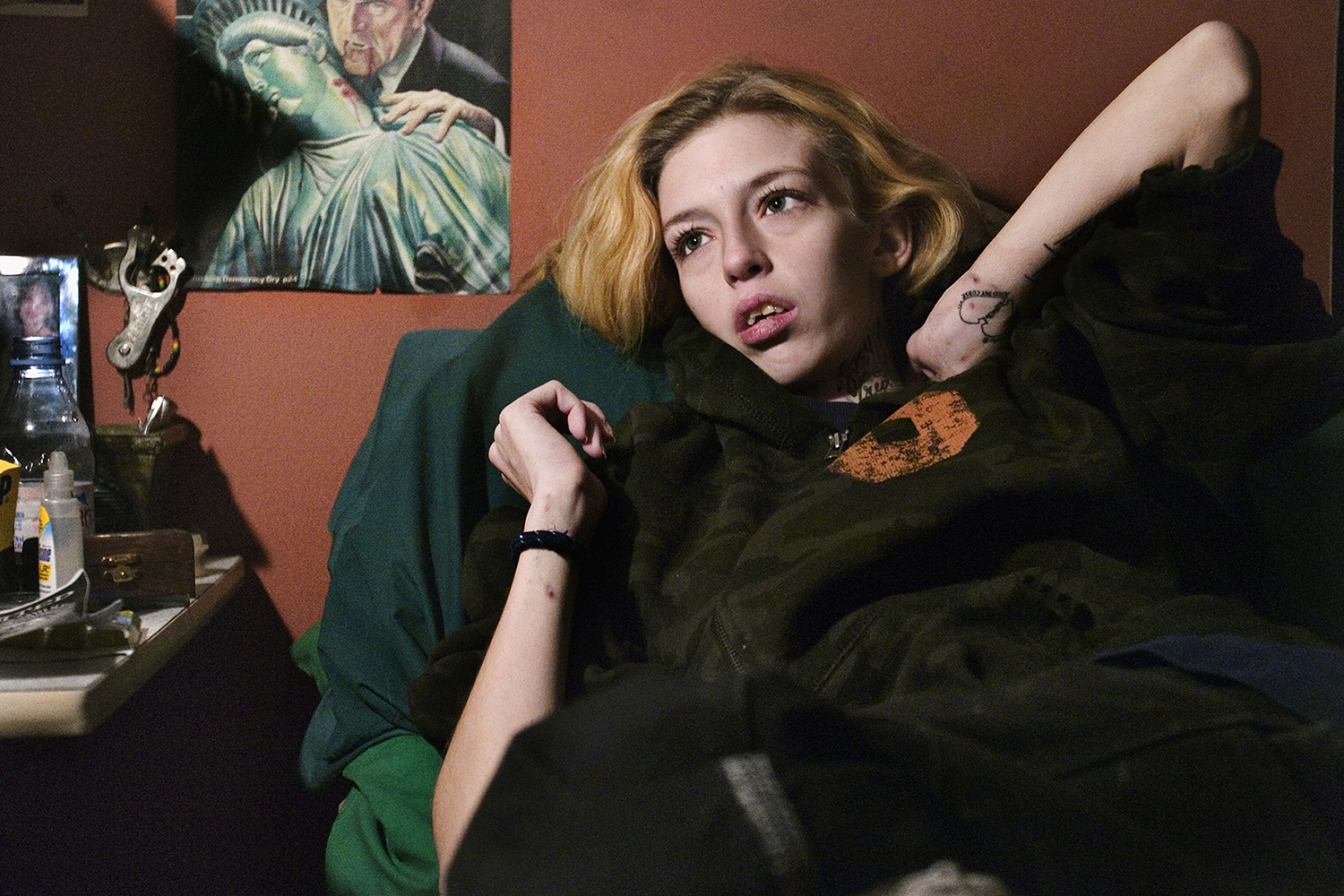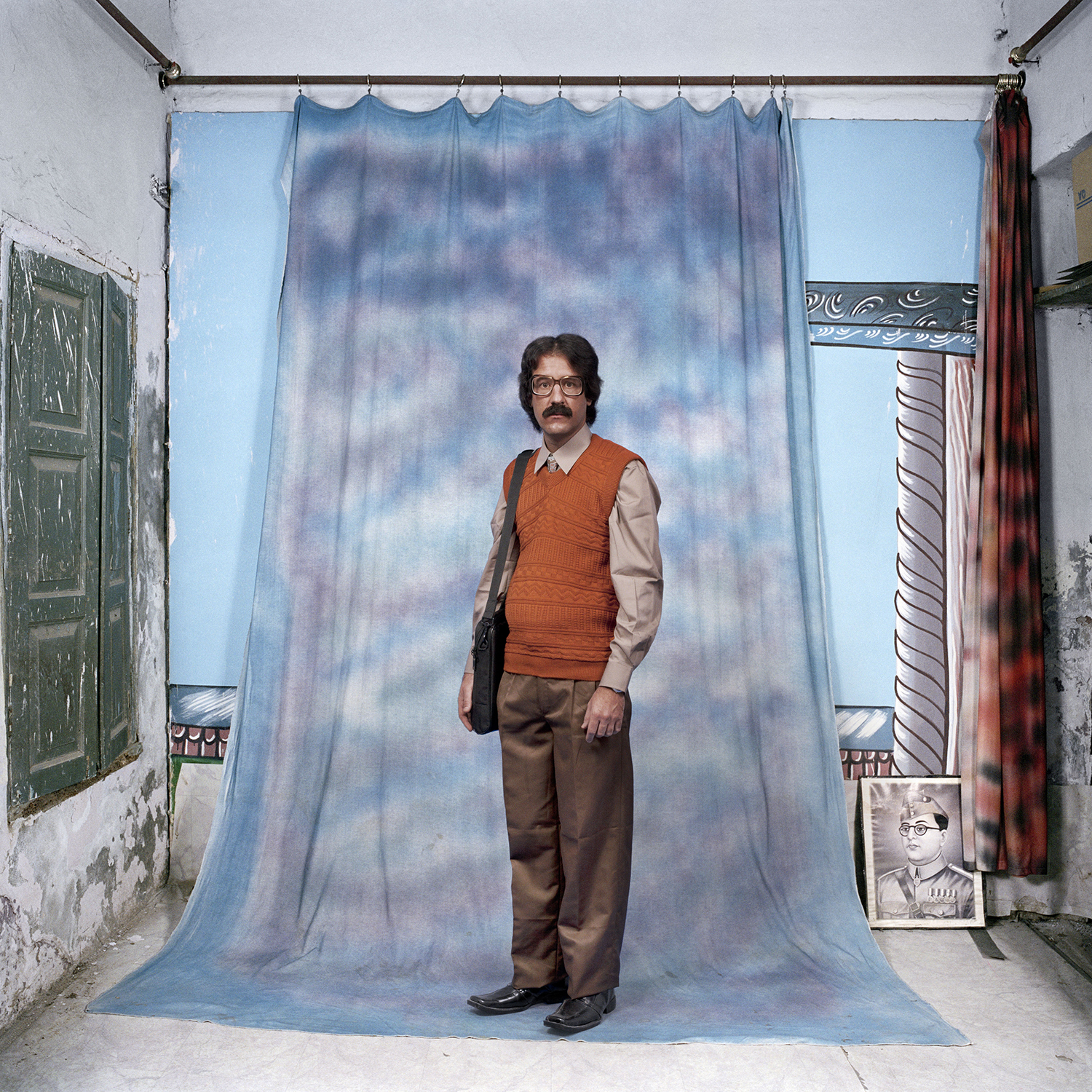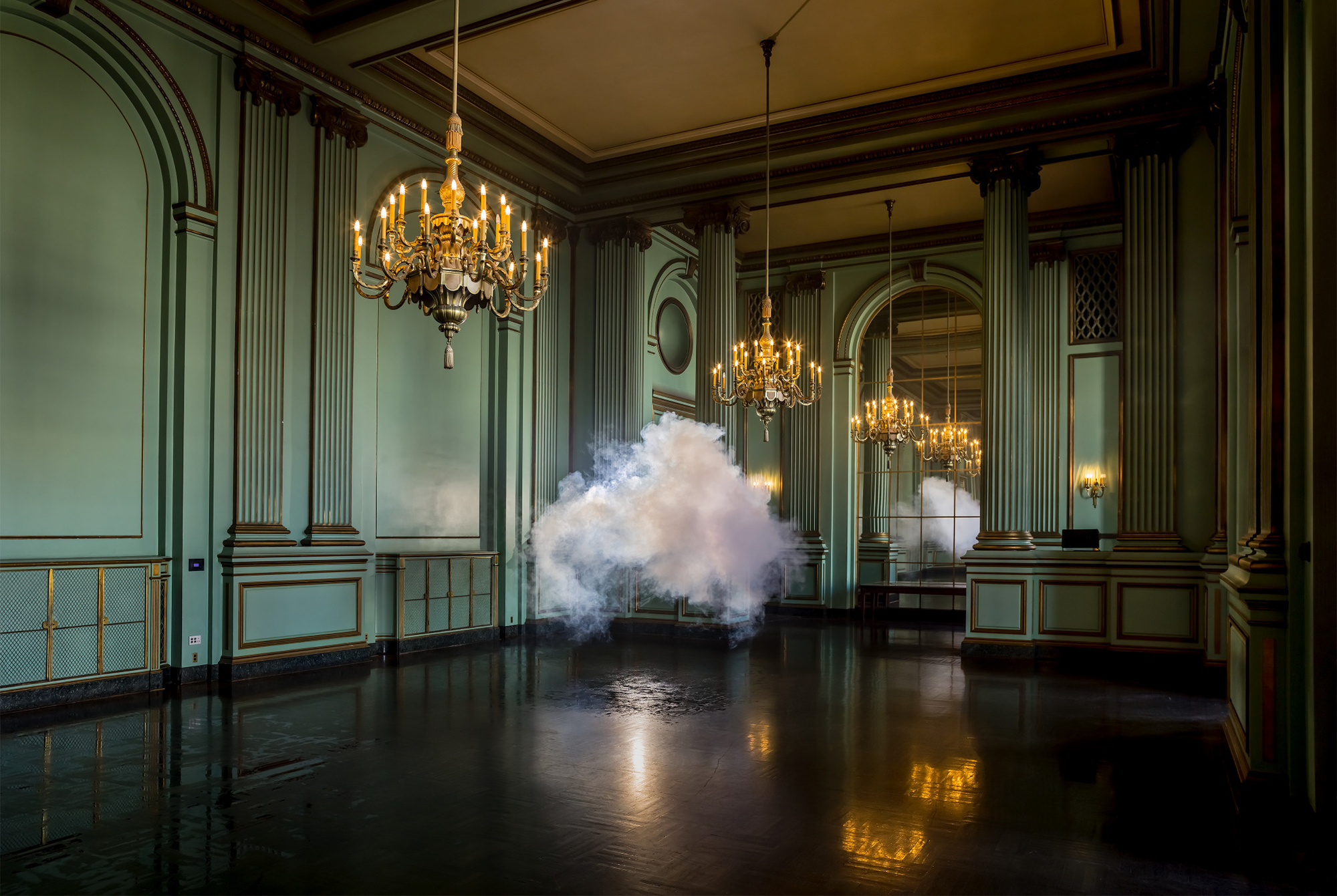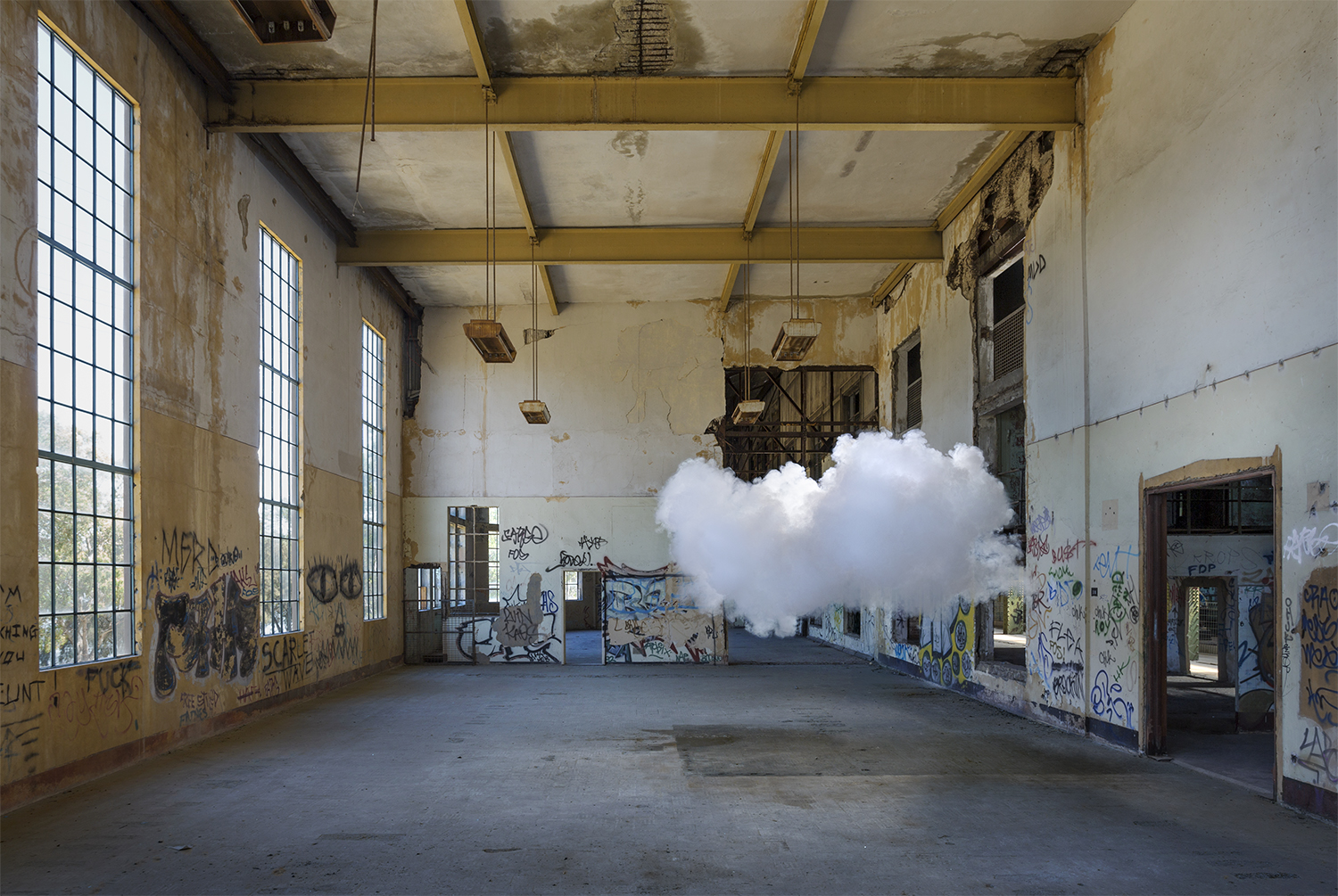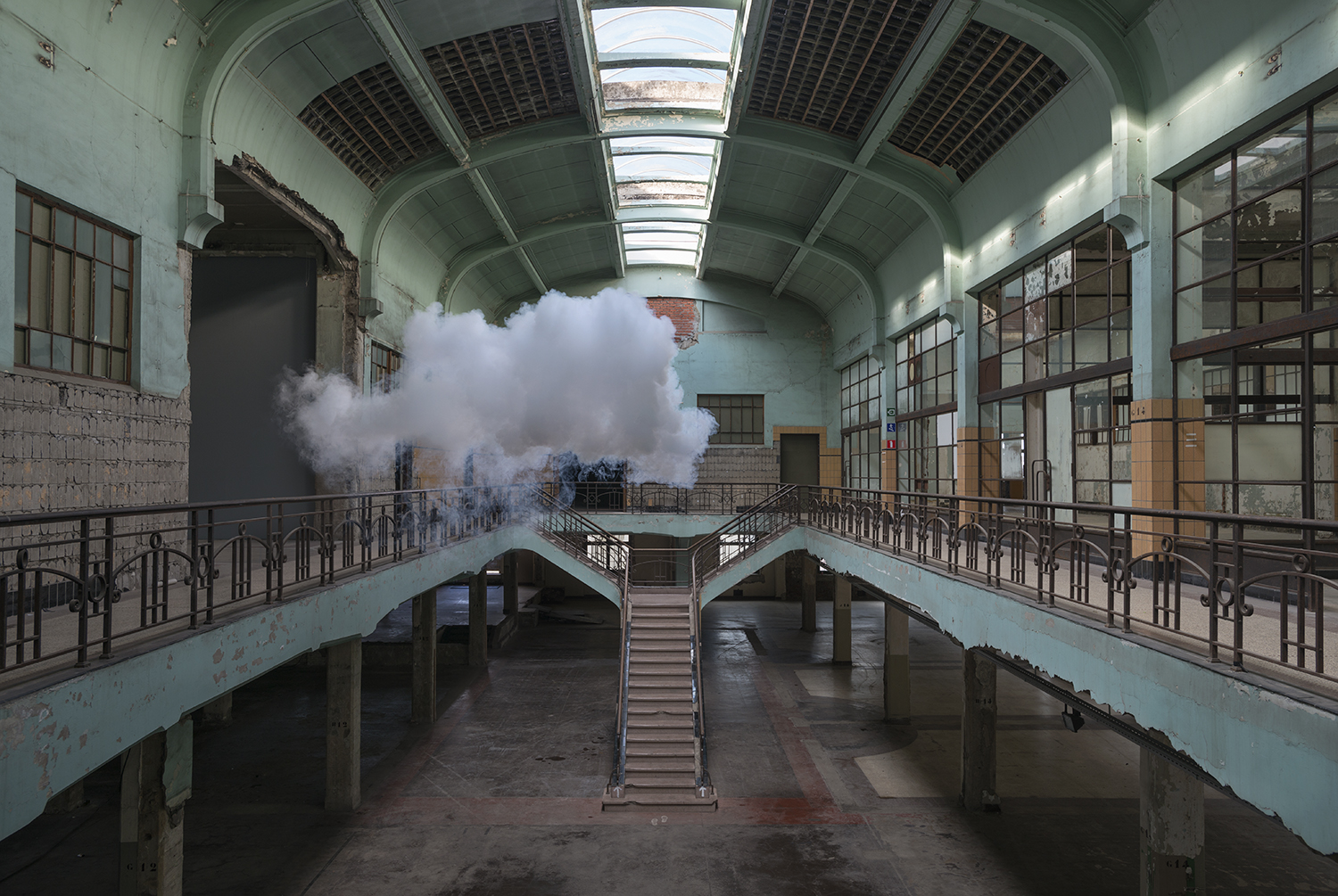LANDSKRONA FOTO FESTIVAL 2017: AN INTERVIEW WITH CURATOR JENNY NORDQUIST

For ten days each year a small town in southern Sweden turns into an epicenter for international contemporary photography. This year Landskrona Foto Festival celebrates its fifth anniversary and therefore we have talked with artistic director Jenny Nordquist to learn more about the festival, get her recommendations and to hear her thoughts on the state of photography in general.
In late august last year we visited the fourth edition of Landskrona Foto Festival. All around the old town photographic investigations found their way into various (common as well as uncommon) exhibition spaces, gyms, an abandoned prison tower and nearly every street corner and public square. The town was buzzing with the potential of photographic image-making and the way it documents and shapes our world.
Read our reportage from Landskrona Foto Festival 2016 here (in danish).
This year we decided to have a chat with one of the festival’s artistic directors; Jenny Nordquist, to learn more about the thoughts behind the festival. Jenny is born in Landskrona and in her late teens she moved to London to study photography at London College of Communication and Goldsmiths University. Today she lives in Copenhagen where she also co-founded the artist driven exhibition space Kontor Projects in 2011.
Jenny Nordquist in front of a work by Caleb Charland | Portrait by Viktoria Blomberg.
When we ask her how it feels to be back in Landkrona she replies: “It’s great that today 20 years later I am back and I am part of the team bringing great photography exhibitions from abroad back to Landskrona.”
When did your interest in photography start?
It came from an interest in art and painting, but I was not patient enough for drawing so I took up the camera to express myself as a young teenager. In my teens I did evening classes in photographic techniques and spend hours in the local darkroom. When I finished high school I knew that I wanted to work with photography and decided to move to London to study.
'Leaf' by Cambodian artist Neak Sophal.
'Leaf' by Cambodian artist Neak Sophal.
Landskrona Foto Festival runs for the fifth time – second time with you as a curator. How do you see the development of the festival?
Since the start five years ago the festival has established its position as an international meeting place for photographers and those with an interest in photography. We are turning five years old and this has to be seen. It will manifest itself in the atmosphere, we are working hard in making it an even better experience than last year. More festivities and community spirit amongst the participants. We have come to a point where we have established a better structure and form - this will be felt by the audience.
'Formations' by Kyrgyzstanian/American artist Aleksey Kondratyev (courtesy Fabrica).
For each year we are becoming more international. This year for our portfolio review we had applicants from 26 countries and 6 continents who wanted to come and show their work to our impressive lists of reviewers.
During the first weekend this small city will be filled with photography professionals from all over the world. Our aim is not just to present a great program with exhibitions and events, we want to create a place for exchange of ideas, foster dialogue and new collaborations. For photographers and artist to see this as the event of the year for inspiration and networking.
'Under Gods' by British artist Liz Hingley (Courtesy Fabrica).
'The Ninth Floor' by American artist Jessica Dimmock (courtesy Fabrica).
Can you tell us about the themes of Landskrona Foto Festival 2017?
We want artistic expressions to merge and complement each other, hence the festival is not restrained by a theme. However current issues like identity, reality and our relationship with nature run across the programme. The main exhibition at the Art Hall where ‘The Others’ by French artist Olivier Cullman and ‘Icons’ by the Swiss artist duo Cortis & Sonderegger stand side to side to explore the very nature of photography, challenging the audience trust in the accuracy of the medium and its function as a way of representing reality.
The exhibitions also talk about our relationship with images today and throughout history. Images are part of our daily life, but today photography is more instant and accessible than ever before – more disposable. This is why we have to focus on strong concepts in the work we present, strong concepts and visual ideas are more important than ever before. There has to be something at stake, the artist have to invest something of themselves in order for the work to achieve greater meaning. In order to push boundaries, ask questions and make photography matter.
'The Others’ by French artist Olivier Cullman.
'The Others’ by French artist Olivier Cullman.
When artist do that, photography can be moving, inspiring, political and enlightening. Determination and dedication from the artist and photographers is a recurring theme at this festival. Our photographers dare to go where others might have been before, but where nobody else has applied that level of tenacity and curiosity.
For us it’s also important to show work by internationally know artist that often are unknown to the Scandinavian audience. For me going to a festival is about making discoveries, get to know new artists and new bodies of work. This is what we also want the audience in Landskrona to do, to come back after a visit with new discoveries.
Photography also has the power to connect to memory, time and mortality a power to stand alone and give a direct message or reaction to the audience. Its connection to reality can be used as a powerful tool. Even though photography is far from reality, and even though we know this, we still tend to connect it with a moment that was captured in real time.
'Nimbus' by Dutch artist Berndnaut Smilde.
What are you especially looking forward to on this year's festival?
I look forward to the first weekend of the festival when the city is filled with people from all over the world, professionals, photographers, artists, curators and many more. Taking part in portfolio reviews, artist talks, seminars, photobook day, book signings, workshops, parties, dinners and so on.
'Nimbus' by Dutch Artist Berndnaut Smilde.
'Nimbus' by Dutch Artist Berndnaut Smilde.
Of course I am really excited about all the great exhibitions and for the public to enter the different spaces and to connect with the work on display. One outdoor presentation that I really love and feel is in great dialogue with it’s outdoor surroundings is the series Nimbus by Dutch Artist Berndnaut Smilde. It’s placed in the park area outside the town church and in the work Smilde has with the help of a fog machine created clouds that are suspended in the air inside great architectural buildings. His work is a combination of photography, installation and performance. The clouds he’s creating within spaces like museums, libraries, offices and churches are becoming a temporary sculpture that is captured by the camera. The clouds can be interpreted as a sign of loss or becoming, or just as a fragment from a classical painting. People have always had a strong metaphysical connection to clouds and through time have projected many ideas on them.
'Nimbus' by Dutch Artist Berndnaut Smilde.
Another exhibition that I really look forward to is Cortis & Sonderegger exhibition’ Icons’ presented at the beautiful Art Hall. Cortis & Sonderegger have recreated in their studio some of the world’s most iconic images, like for example the crash of the Hindenburg, the downing of the supersonic passenger jet Concorde and the last photograph of the Titanic. By including the studio environment with clues to their constructions the artists present an image within an image – leading the viewer to reflect upon the construction of these images, which are now part of the collective memory.
'Icons’ by Swiss artist duo Cortis & Sonderegger.
Observing the world of comtemporary photography, what are some of the most interesting tendencies that you have noticed?
Like all art forms photography is more important than ever. Photography is at a very exciting point right now – artists are more innovative and consistently explore what photography is and can as a medium instead of isolating it. They are exploring with a variation of methods, mixing and blending various forms of capturing light. Photography is important because it differs from other art forms, it’s a trace of it’s subject, capturing of light often though a mechanical device or on a light sensitive surface.
Today when images are everywhere the professional photographers are obliged not to work only with images but with strong concepts. This is something that is important when we select work for the festival, the strong concepts and visual ideas from the photographers we present.
Rikke Luna Filipsen (f. 1988) og Matias B. Albæk (f. 1988) er kunstformidlere. De stiftede idoart.dk i 2011, og udover at bidrage med artikler, interviews og essays, fungerer de som mediets redaktører. De driver desuden formidlingsbureauet I DO ART Agency samt forlaget I DO ART Books.






